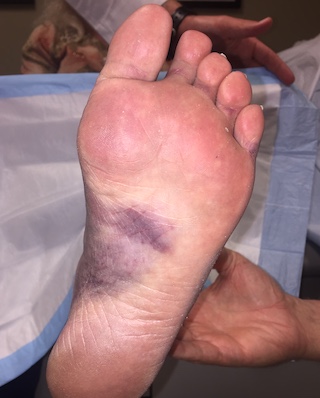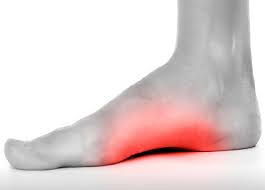
A Lisfranc injury is a type of foot injury that occurs when there is a fracture or dislocation of the bones in the midfoot, where the metatarsal bones meet the tarsal bones. This area is known as the Lisfranc joint complex, and it is responsible for the stability of the foot during walking and other activities.
Lisfranc injuries can range from mild to severe, and may include sprains, fractures, or dislocations. They are most commonly caused by a twisting or bending force applied to the foot, such as a fall or a direct blow to the foot. Athletes who participate in high-impact sports, such as football or basketball, are at increased risk of Lisfranc injuries.
Symptoms of a Lisfranc injury may include pain, swelling, bruising, and difficulty bearing weight on the affected foot. If left untreated, a Lisfranc injury can lead to chronic foot pain, instability, and arthritis.
Treatment for a Lisfranc injury depends on the severity of the injury. Mild injuries may be treated with rest, ice, compression, and elevation (RICE), as well as the use of a cast or walking boot to immobilise the foot. More severe injuries may require surgery to realign the bones and stabilise the joint.
Recovery from a Lisfranc injury can take several months, and may require physical therapy to restore range of motion and strength to the foot. It is important to follow your doctor’s recommendations for treatment and rehabilitation in order to prevent long-term complications and ensure a successful recovery.



